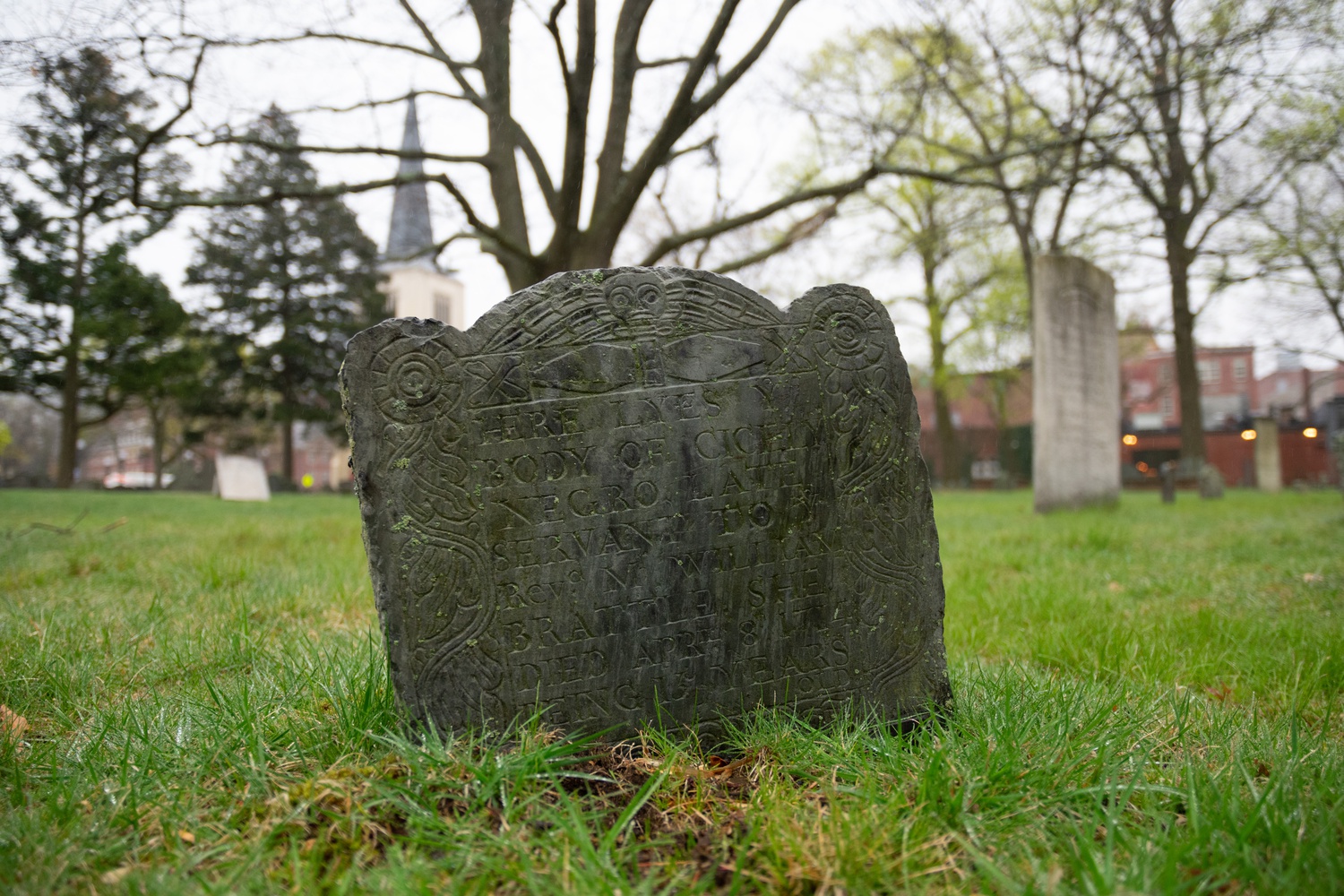
News
Harvard Grad Union Agrees To Bargain Without Ground Rules

News
Harvard Chabad Petitions to Change City Zoning Laws

News
Kestenbaum Files Opposition to Harvard’s Request for Documents

News
Harvard Agrees to a 1-Year $6 Million PILOT Agreement With the City of Cambridge

News
HUA Election Will Feature No Referenda or Survey Questions
Harvard Affiliates Enslaved Over 300 People, University Researchers Find
Harvard researchers also identified more than 100 living descendants.

The Harvard Slavery Remembrance Program has identified more than 300 enslaved individuals who were owned by Harvard affiliates — a significantly higher figure than what the University initially disclosed in its 2022 report, according to three people familiar with the team’s work.
The University’s 2022 Legacy of Slavery report found that Harvard faculty, staff, leadership, and donors enslaved more than 70 individuals, though the report acknowledged at the time that its figure was “almost certainly an undercount.”
Remembrance Program researcher Raymond L. Wilkes III confirmed to The Crimson that the team had identified several hundred enslaved individuals owned by Harvard affiliates but declined to provide specific numbers, citing a confidentiality agreement.
The Remembrance Program has also identified more than 100 living descendants of individuals who were enslaved by Harvard affiliates, according to one person familiar with the group’s progress.
A Harvard spokesperson wrote in response to a request for comment that the University cannot confirm the number of enslaved people and descendants identified by the Remembrance Program, but the spokesperson did not refute the numbers either.
This spring, administrators drafted and considered issuing a public update on the Remembrance Program’s progress that reported the number of enslaved people and descendants found by researchers.
But the idea was shot down by Remembrance Program Director Richard J. Cellini, who argued that descendants should be notified before the University published a press release.
Harvard spokesperson Sarah E. Kennedy O’Reilly wrote in a statement that “there has always been an understanding” that the descendants identified by the group would be contacted before “identifiable information” was made public.
Cellini did not respond to a request for comment for this article.
A Crimson investigation published on Friday revealed that several current and former affiliates of the initiative felt that they were rushed by University administrators to release public updates even when they felt the work was not yet ready.
Kennedy O’Reilly declined to comment on those allegations at the time.
To date, the Remembrance Program — a subgroup of the larger Harvard & the Legacy of Slavery initiative — has not made any of its research findings publicly available, and its last official news update was shared in April 2023.
“At the time the University initiated this work, we knew it would be intensive and take time,” Kennedy O’Reilly wrote in her statement.
“This important work must be performed with respect, rigor and integrity, and with the intention to vigorously pursue research avenues to ensure we are doing all we can to identify and help document the family histories and descendants of those who were enslaved by Harvard leaders, faculty and staff,” she added.
Though researchers have identified living descendants of those enslaved by Harvard affiliates, University officials have yet to formulate a strategy for contacting them or formalize the extent of reparative efforts for descendants beyond existing grant and partnership programs.
Kennedy O’Reilly said in a statement that Harvard plans to engage individual living descendants “at the point at which the research has prepared us to do so.”
“When this engagement with living direct descendants begins, we will do it with humility and an understanding that these first conversations are just the beginning of what we hope will become a long-term relationship with Harvard,” she wrote.
Cellini has been in conflict for several months with Vice Provost for Special Projects Sara N. Bleich — who oversees the Legacy of Slavery initiative — over allegations that she instructed him to restrict the Remembrance Program’s scope.
Cellini alleged in a statement to The Crimson that he had been “repeatedly and emphatically told by Dr. Sara Bleich ‘not to find too many descendants’ and that ‘the HSRP shouldn't do its job too well.’’”
Cellini added in his statement that he has “publicly rejected the idea that the HSRP ever could, would, or should limit the number of descendants it finds; fail to do its job to the best of its ability.”
Kennedy O’Reilly disputed Cellini’s allegations against Bleich, saying he was never instructed to limit the number of descendants identified.
Despite the internal turmoil, the Remembrance Program’s work remains ongoing. One person familiar with the work said that they expect the final number of living descendants and enslaved individuals identified to be far higher than the number identified so far.
—Staff writer Neeraja S. Kumar can be reached at neeraja.kumar@thecrimson.com. Follow her on X @neerajasrikumar.
—Staff writer Neil H. Shah can be reached at neil.shah@thecrimson.com. Follow him on X @neilhshah15.
—Staff writer Annabel M. Yu can be reached at annabel.yu@thecrimson.com. Follow her on X @annabelmyu.
Want to keep up with breaking news? Subscribe to our email newsletter.
From Our Advertisers

Over 300+ courses at prestigious colleges and universities in the US and UK are at your disposal.

With innovative financial tools combined with financial education, Collegiate empowers students to take control of their finances and build confidence in their money management skills.

Serve as a proctor for Harvard Summer School (HSS) students, either in the Secondary School Program (SSP), General Program (GP), or Pre-College Program.

With an increasingly competitive Law School admissions process, it's important to understand what makes an applicant stand out.

Welcome to your one-stop gifting destination for men and women—it's like your neighborhood holiday shop, but way cooler.

Admit Expert is a premium MBA admissions consulting company, helping candidates secure admission to top B-schools across the globe with significant scholarships.
